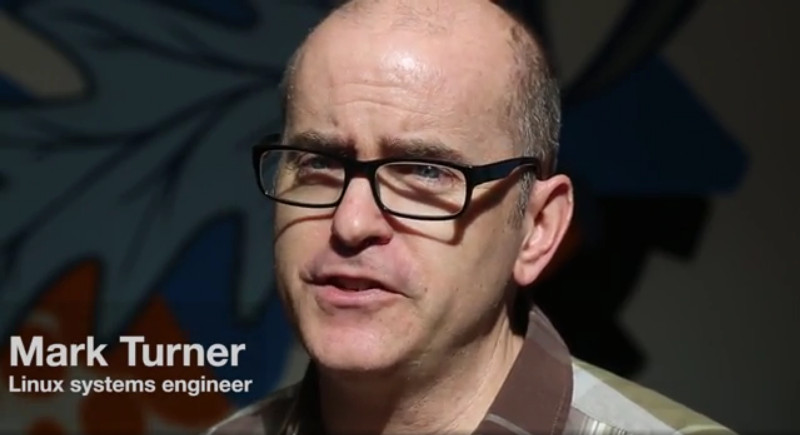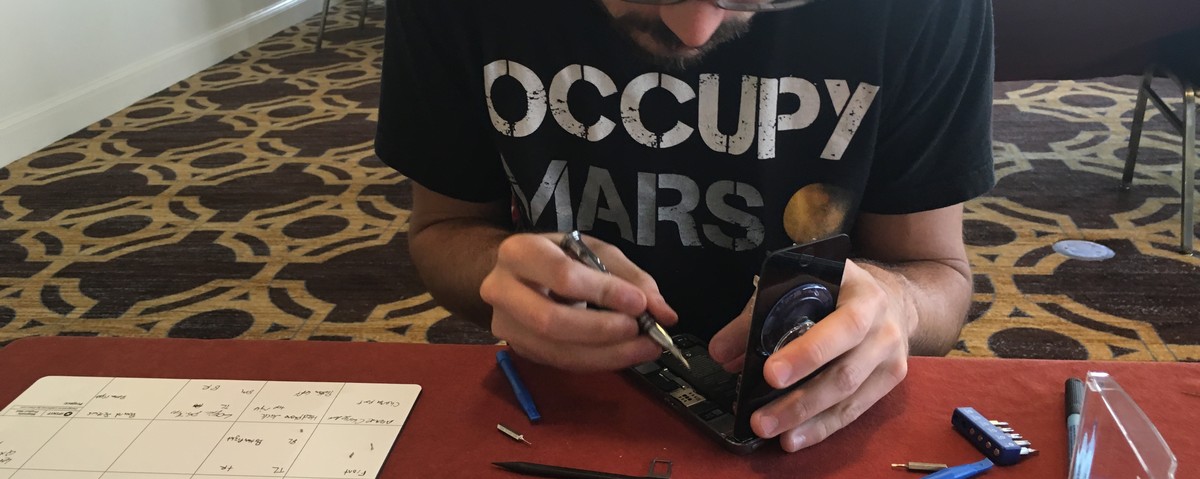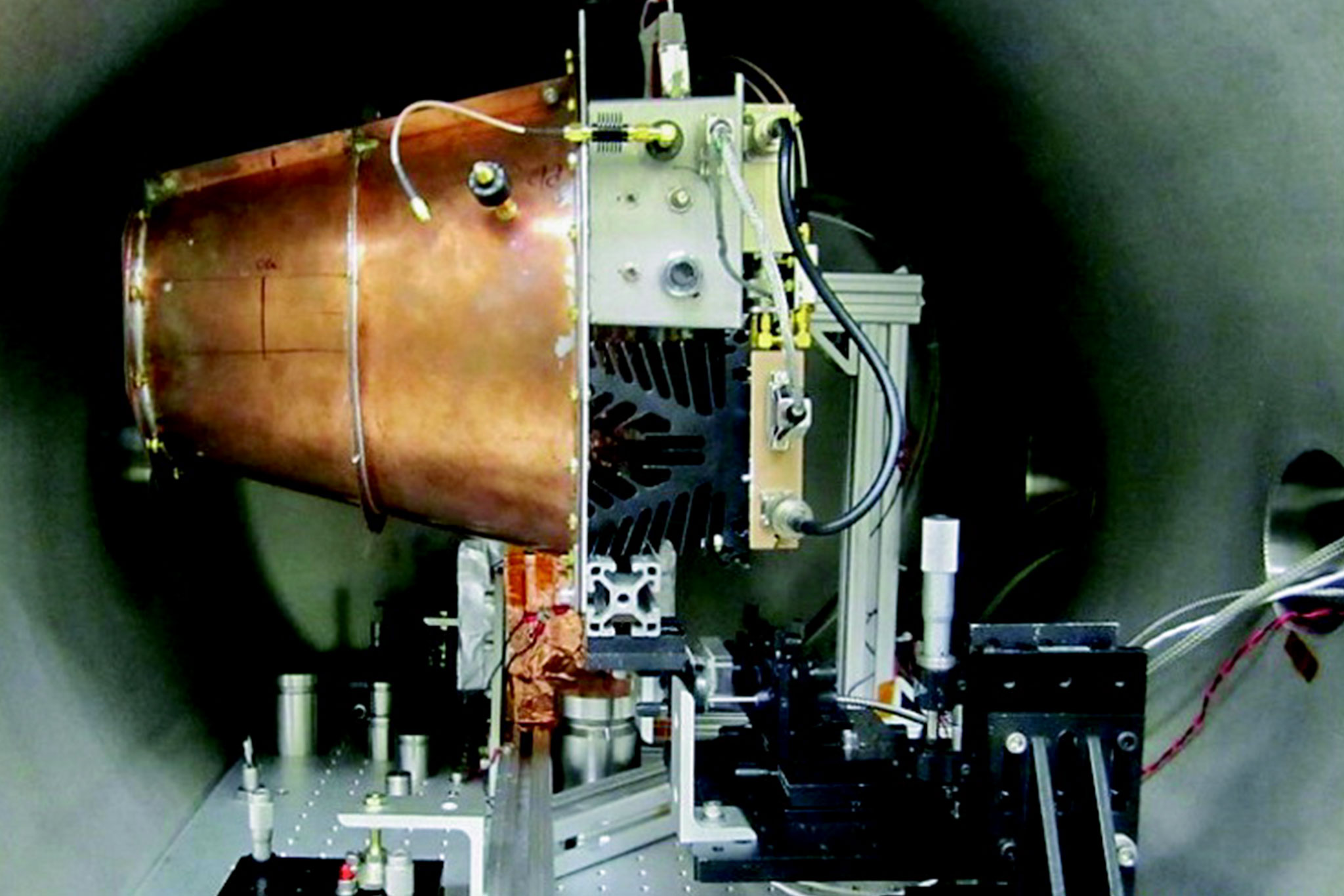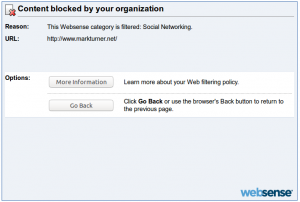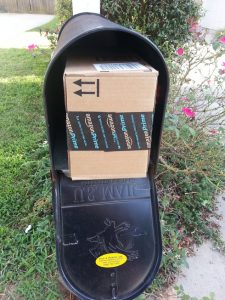
It’s nice when your server fits in your mailbox.
I’ve always liked to have a home server hanging around for things like email, file sharing, and the like. Over the years this has taken the form of a beefy desktop computer, a PowerPC-based MacMini, an embedded Linux-based router, and recently a beat-up old laptop. All had their challenges, power consumption and fan noise being the two main ones, though the PowerPC machine and the router also couldn’t run all the software I needed. I was limping along on my busted laptop for as long as I could but decided it was nearing the end of its useful life. It was time to go shopping for something that would last me a while.
The embedded idea still appealed to me for the two main reasons I mentioned above: power consumption and noise. I wanted something that sips electricity and was quiet yet still provided enough computing power to do what I needed. After reading up on some online reviews, I went with the Intel NUC.
Intel’s NUC (“Next Unit of Computing”) systems are embedded x86_64 machines which are about half the size of a brick. They have plenty of ports: HDMI, USB 3.0, and even a Thunderbolt port. They come with your choice of Intel processors, whether it is an i3, i5, or i7 series. Memory can be boosted to 32 GB and it accepts newer SSD drives. Some models can fit 2.5″ laptop drives as well. The hardest part about making the jump to an Intel NUC was simply deciphering which Intel model had which options. Sometimes having too many choices isn’t a good thing, I suppose.
Continue reading →
